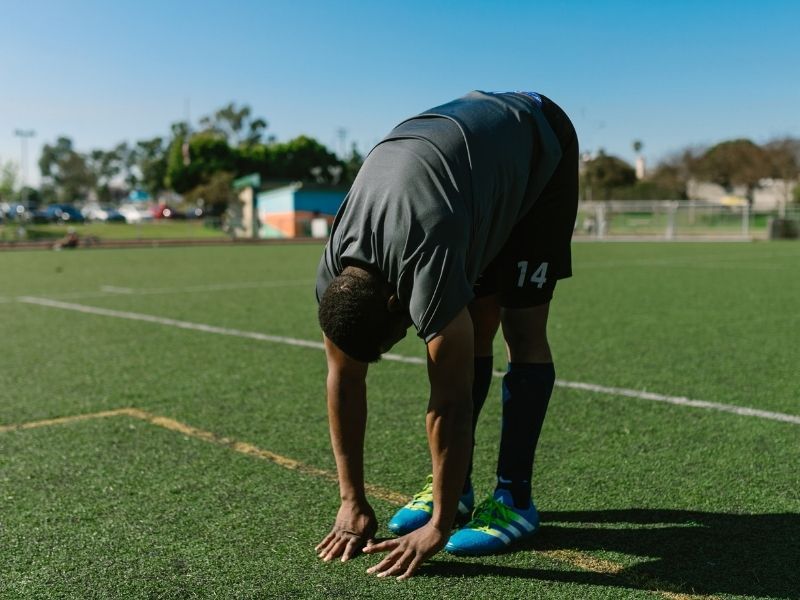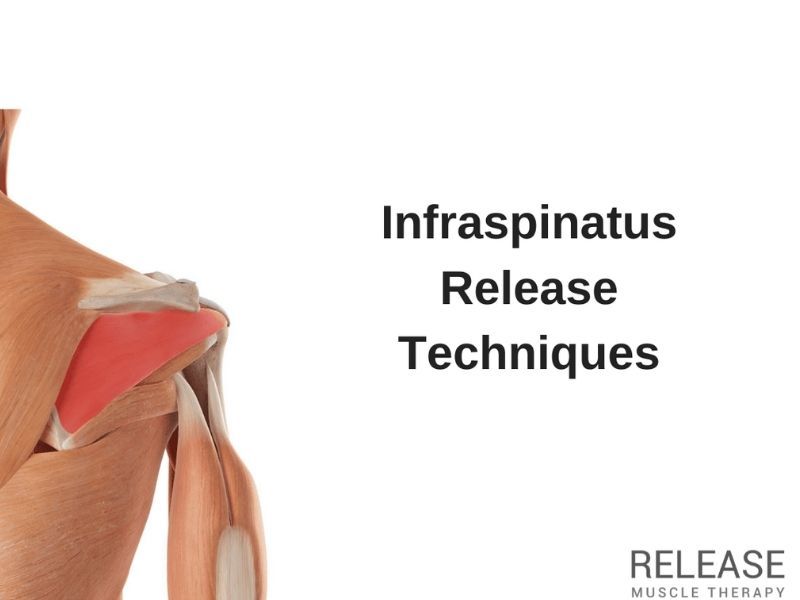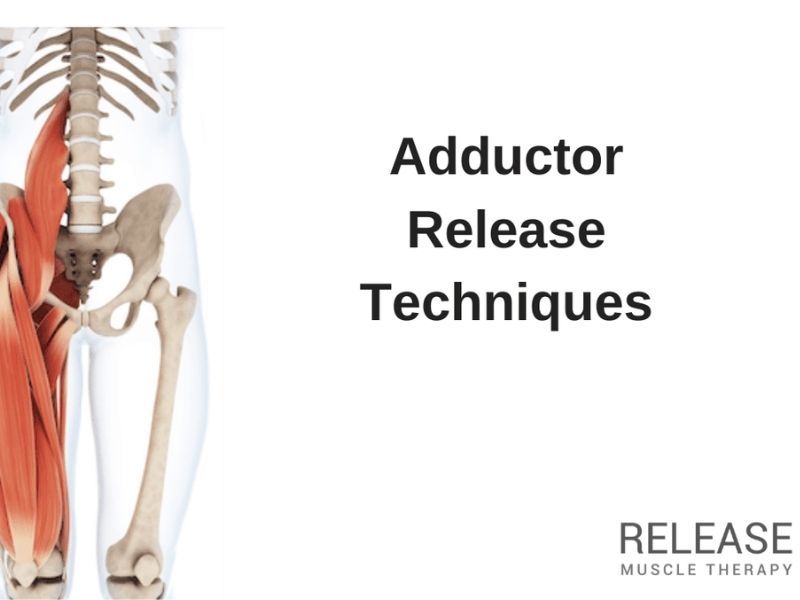Can’t Touch Your Toes? Stop Stretching Your Hamstrings!

Table of Contents
- - Why You Can't Touch Your Toes and Why You Should Stop Stretching Your Hamstrings Excessively
- - Understanding Hamstrings and Their Functions
- - Testing Hamstring Length
- - Strengthening Hamstrings Instead of Overstretching Them
- - Techniques to Improve Flexibility and Posture
- - Neuromuscular Release and Factors Affecting Flexibility
- - Take Home Points
Why You Can’t Touch Your Toes and Why You Should Stop Stretching Your Hamstrings Excessively
- Common misconception: Stretching hamstrings alleviates back pain
- Reality: Stretching hamstrings excessively is not the solution to back pain or limited flexibility
Understanding Hamstrings and Their Functions
- Primary functions: Hip extension and knee flexion
- Role in posture: Anterior pelvic tilt and its effects on hamstring length
Testing Hamstring Length
- Supine leg raise test: Assessing hamstring length while laying on the back
- Proper testing: Monitoring lumbar spine and pelvis for accurate results
Strengthening Hamstrings Instead of Overstretching Them
- Most people need stronger hamstrings, not more flexibility
- Goal: Sufficient hamstring strength and relaxed spinal extensors for proper movement
Techniques to Improve Flexibility and Posture
- Posterior pelvic tilt techniques
- Forward reaching with deep inhalation for posterior mediastinum expansion
- Stretching hip capsules on both sides
Neuromuscular Release and Factors Affecting Flexibility
- Clearing neuromuscular causes of tension first
- Other neurological influences: Jaw position and respiratory function
- Less common factors may require further evaluation
Take Home Points
- Understand the difference between lengthening hamstrings and the need to stretch vs. strengthen them
- Include hamstring release for optimal results
Sam Visnic
I’ve spent my life studying the fundamental aspects of human health with a focus on movement and clinical massage therapy. In a world of specialists, surgical procedures, drugs and quick fix remedies, I’m committed to finding and developing strategies that help people stuck at the “gap”. Over the last 20 years I’ve studied dozens of systems and methodologies for uncovering the root cause of aches and pains, along with postural and movement issues. Pain science, the art and science of hands-on soft tissue massage techniques, myofascial release, and coaching movement is essential in my practice. Integrating different methods but above all deciphering WHEN to use different techniques with different people and situations, along with integration of movements that people want to be able to do again is the key to long term success with my incredible track record with clients. Understanding the various elements that contribute to conditions and the power of communication and education makes my Release Muscle Therapy program separate from other hands-on therapy approaches.
Blogs You May Be Interested In
Categories
-
Deep Gluteal Pain Syndrome
-
Deltoids
-
Fallbrook
-
Foam Rolling
-
Glutes
-
Hamstrings
-
Hypnosis For Pain
-
Lats
-
Levator Scapulae
-
Lifestyle
-
Massage Therapy
-
Mobility
-
Movement and Exercise
-
Murrieta
-
Muscles
-
Nutrition
-
Obliques
-
Pain
-
Pectorals
-
Piriformis
-
Plantar Fasciitis
-
Product Review
-
Psoas
-
Quadratus Lumborum
-
Quadriceps
-
Rhomboids
-
Serratus Anterior
-
SI Joint
-
Sternocleidomastoid
-
Stretching
-
Subscapularis
-
Temecula
-
TMJ
-
Trapezius
-
Uncategorized
















